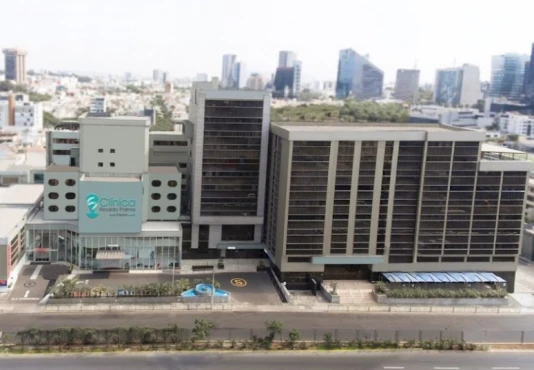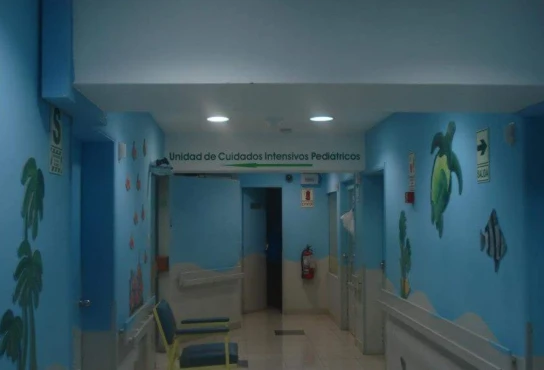from Cecille Cordero
May 18, 2023
Impossible to speak with someone intelligent on the phone. They will not let you talk with managment either. Want to know how my friend’s health is… no luck!!!! Nobody knows anything.
from Honey Bun
January 07, 2023
Treatment from the nurses and doctors were great. Very attentive and helpful. But the dark long-haired woman in the reception for the pediatric section was very ignorant. We live in the US so the stuff she insisted from us Made no sense since we don't live there. We purchased insurance in the states before our travel and made it seems as if our services was not covered. Overall our insurance was great and took care of it all including the prescribed medicine. They sent the hospital a letter of guarantee of payment and we paid not one dime.
from Mym Valla
June 02, 2022
This review pertains to the hyperbaric chamber unit in this clinic. Ricardo Palma Clinic is deemed a high-end medical center; however, based on my experience, its hyperbaric clinic unit does NOT provide the basic elements needed from a top-notch medical center. I had to leave without getting the services. Mayor observations:. 1. Bad facility (no privacy - 3 chambers, 3 patients, the nurse and a doctor sharing a 6x4 meters room where the patients undress and dress, plus a smelly bathroom in the tiny waiting area - 2 chairs) 2. Bad patient care (no instructions on how to come prepared to the session - like...pls only wear 100%-cotton clothes), does not provide adequate clothes when the patient comes unprepared, and no privacy to undress and dress. 3. Uncleanliness - No time between one patient to the next to properly clean the chambers. They sprayed peroxide inside the chamber in the confines of that small room and without any waiting time to remove the odor of the peroxide and the sweat / odor of the previous patient, they pretended to insert me into the chamber that smelled like feet sweat. I could take being in that little chamber but I could NOT take being in the tiny space smelling that foul-odor... I left without getting the service. It was a extremely disappointing and disgusting experience for a medical facility that claims to be a top-clinic in Lima Peru. Certainly La Clinica Ricardo Palma is NOT a high-end clinic.
















